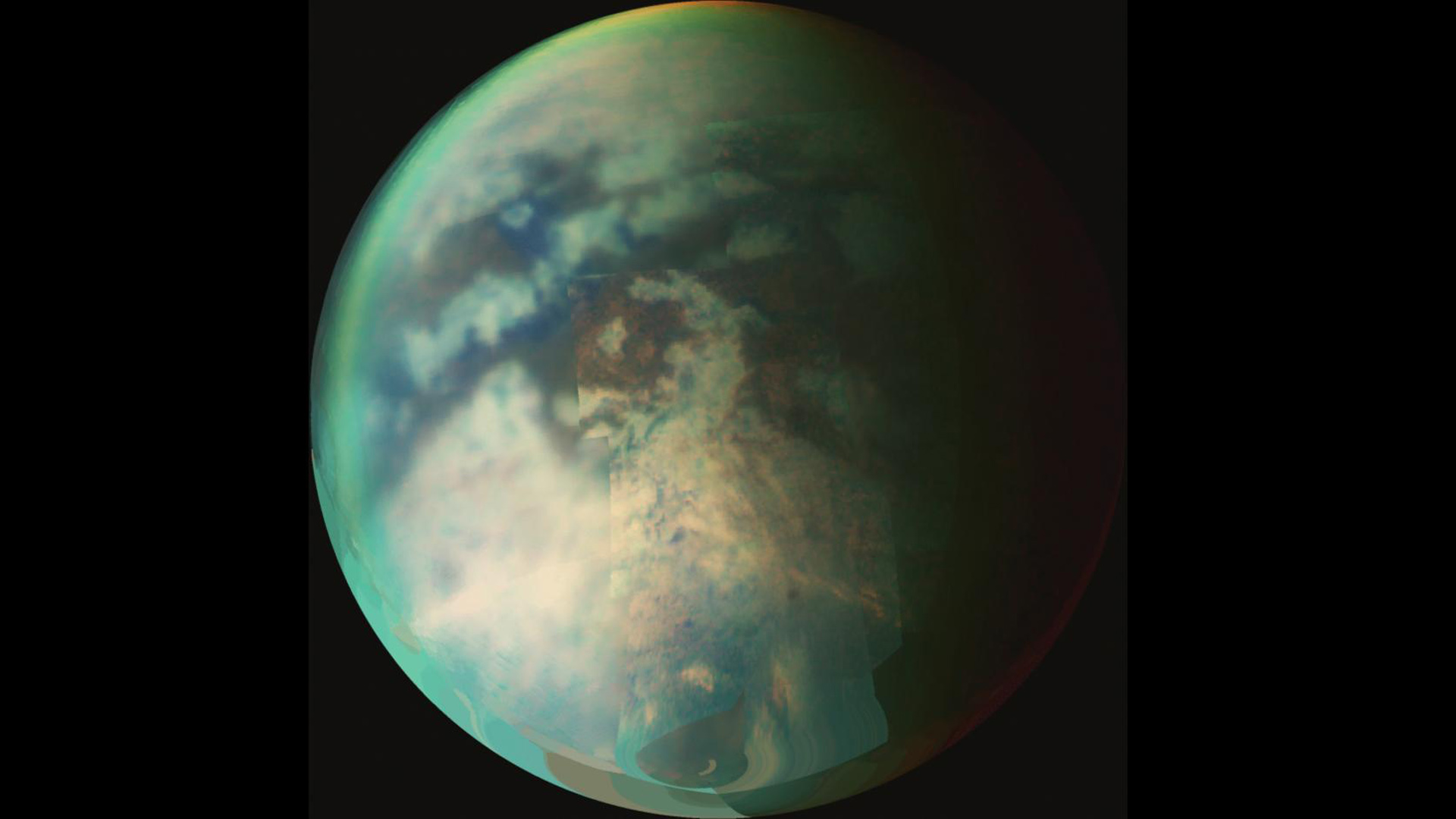
The moon meets up with Saturn on Sunday (March 19) with the two celestial bodies sharing the same right ascension, an arrangement called a conjunction.
The thin sliver of the moon, which will be in its waning crescent phase, will pass south of Saturn by 3°35' according to In the Sky. Both the moon and the gas giant, which is the second-largest planet in the solar system will be in the constellation of Aquarius during the conjunction.
The moon will have a magnitude of -9.8, with the minus prefix indicating a particularly bright object in the sky, while Saturn will have a magnitude of 0.8. The best time to view the conjunction will be around 6:30 a.m. local time, and skywatchers will need an unobstructed horizon and a clear sky to make out the pair in the morning twilight. Just be careful to turn your optics away from the horizon before the sun rises!
Related: Night sky, March 2023: What you can see tonight [maps]

Looking for a telescope to observe the moon, Saturn or anything else in the sky? We recommend the Celestron Astro Fi 102 as the top pick in our best beginner's telescope guide. Don't forget a moon filter!
During the conjunction, the moon and Saturn will still be too widely separated to be seen together with a telescope. Skywatchers could spot the conjunction with binoculars.
According to In the Sky, the conjunction will be visible from New York City at around 6:02 a.m. EDT (1002 GMT), just after the moon and Saturn have risen over the horizon. The conjunction will remain visible until around 4:42 p.m. EDT (2042 GMT) when the moon sets. This means skywatchers aiming to view the conjunction should take precautions associated with daytime astronomy, particularly not looking directly at the sun either through optics or with the unaided eye.
While the moon dominates Saturn in the night sky in terms of size, with an angular size of 32'55"7 compared to Saturn's angular size of 15"5 during the conjunction, the situation could hardly be more different out in the actual solar system.
Saturn is so large, with a diameter of over 72,000 miles (116,000 km), that NASA says it would take nine Earths to ring it at the gas giant's equator. This means that if Earth was as large as a nickel, Saturn would be the size of a volleyball. The moon's diameter, meanwhile, is just 2,159 miles (3,475 kilometers) making it a quarter of the size of Earth. That means it would take 36 moons to ring Saturn.
Of course, Saturn is no stranger to moons, as it has at least 83 of its own! In addition to this, the gas giant has another 20 moons waiting to be confirmed. The largest of Saturn's moons is the giant moon Titan, larger than the planet Mercury. The largest of at least 150 known solar system moons, Titan dwarfs Earth's moon with a diameter of around 3,200 miles (5,150 kilometers).

This measurement might seem a bit controversial considering Jupiter's moon Ganymede actually has a diameter of around 3,270 miles (5,270 kilometers). Titan beats Ganymede as the largest moon because this measurement only factors in its solid body and doesn't include its atmosphere which stretches for hundreds of miles!
If you're hoping to catch a look at the moon or Saturn during the conjunction our guide for the best telescopes will help. If you want to catch the two celestial objects together our guide to the best binoculars is a great place to start.
If you're looking to snap photos of the night sky in general, check out our guide on how to photograph the moon, as well as our best cameras for astrophotography and best lenses for astrophotography.
Editor's Note: If you snap Saturn or the moon and would like to share your photo(s) with Space.com's readers, send your photo(s), comments, and your name and location to spacephotos@space.com.
Follow us @Spacedotcom, or on Facebook and Instagram.







